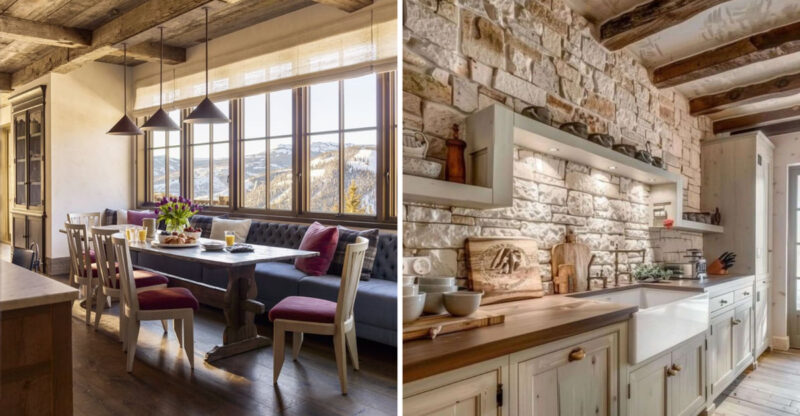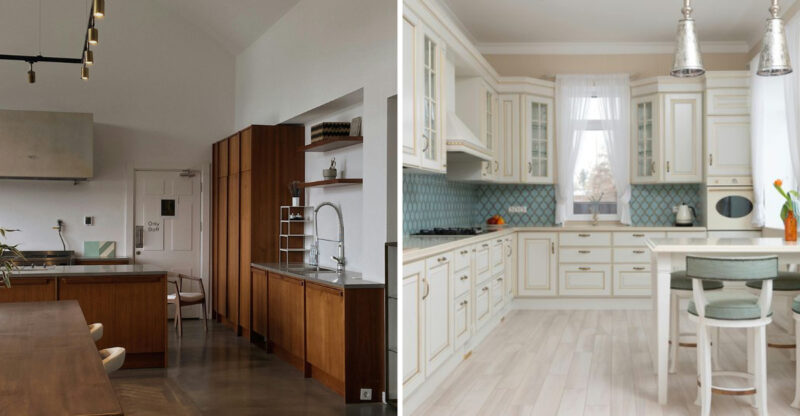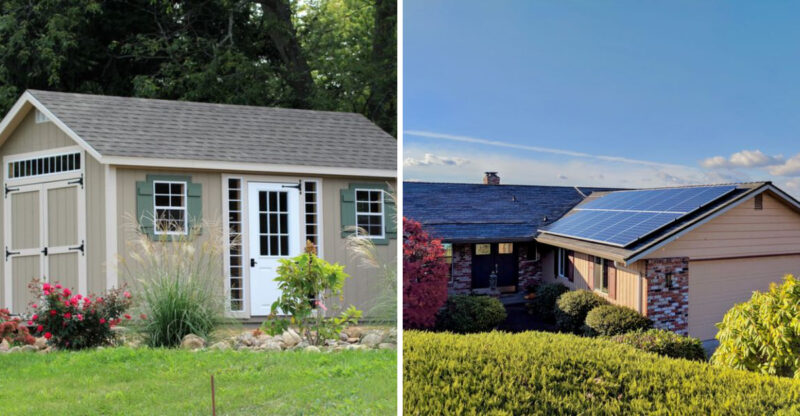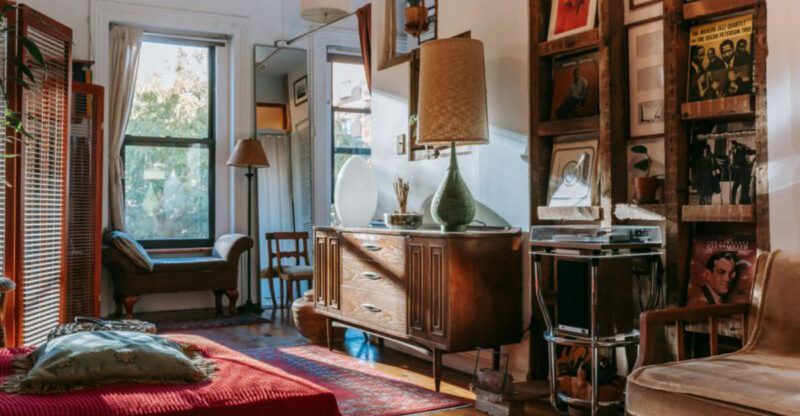8 DIY Choices At Home That May Affect Your Policy
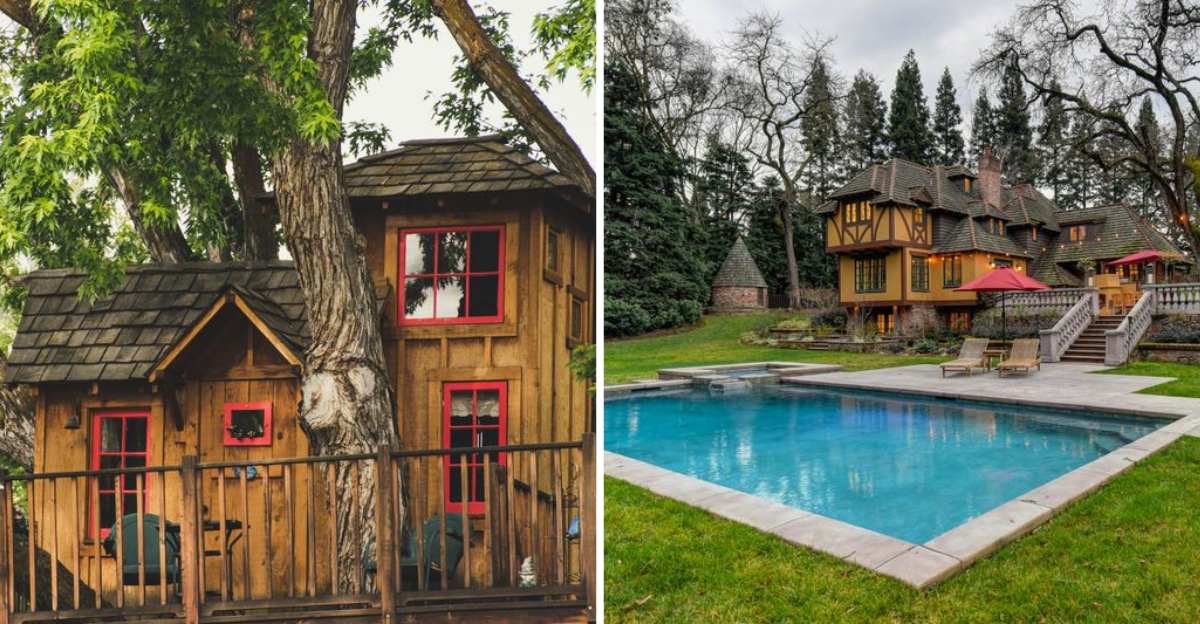
Home improvement projects can be rewarding, but some DIY choices might impact your insurance coverage in ways you never expected.
Insurance companies care about safety risks, structural changes, and anything that might increase the likelihood of a claim. Before grabbing your toolbox or watching that how-to video, it’s worth understanding how your weekend warrior projects could affect your policy and premiums.
Keep in mind, insurance rules and coverage can vary widely, so not every project will have the same impact on your policy.
1. Installing a Wood-Burning Stove
Wood stoves add rustic charm and heating efficiency, but they’re a red flag for insurance companies. Many policies require professional installation with proper permits and inspections before they’ll provide coverage.
If you install one yourself without notifying your insurer, you might find yourself without protection if it causes a fire. Some companies even charge higher premiums for homes with wood stoves due to the increased fire risk.
Before installation, call your insurance agent to understand requirements. Taking proper precautions like installing heat shields, proper ventilation, and maintaining safe clearances from combustible materials can help keep your home safe and your coverage intact.
2. Adding a Home-Made Deck or Porch
Building your own deck might save money upfront but could cost you later with insurance complications. Decks require proper footings, structural support, and railings to meet safety codes. Without professional design or permits, your new outdoor space might be considered a liability.
Insurance companies worry about collapse, especially when decks are built by inexperienced homeowners. If someone gets injured on an improperly built deck, your insurer might deny the claim, leaving you financially responsible.
When planning a deck project, check local building codes, pull necessary permits, and consider hiring a professional for critical structural elements. Documenting your work with photos and inspection approvals can help protect your coverage.
3. Doing Your Own Electrical Work
DIY electrical projects save money but create serious insurance risks. Faulty wiring is among the leading causes of house fires, which is why most insurance policies expect electrical work to be done by licensed professionals.
If a fire starts due to amateur wiring, your insurance claim might be denied. Even smaller projects like installing ceiling fans or adding outlets can lead to problems if not done correctly.
When tackling electrical projects, understand which jobs legally require a licensed electrician in your area. For simple tasks like replacing switches, educate yourself thoroughly and turn off power at the breaker box. Always get permits for significant electrical changes and keep documentation to show your insurer that work was done properly.
4. Installing Solar Panels
Solar energy offers great benefits, but DIY installations create significant insurance and safety concerns. Roof-mounted systems affect your home’s structure and electrical system two areas insurance companies scrutinize carefully.
Improperly installed panels can cause roof leaks, electrical fires, or structural damage. Many insurers require professional installation with proper permits and inspections before they’ll cover solar equipment.
If you’re considering solar, talk to your insurance agent first about coverage requirements. Most reputable solar companies handle permitting and work with your insurer to ensure compliance. The good news is that properly installed solar systems might qualify you for insurance discounts in some regions, as they represent a commitment to home improvement and sustainability.
5. Modifying Plumbing Systems
DIY plumbing projects can lead to costly water damage that might not be covered by insurance. Amateur pipe work often results in slow leaks that cause hidden damage over time, which insurers may consider negligence rather than a sudden, covered event.
Modification of main water lines, improper pipe materials, or incorrect connections can all create serious problems. Even small mistakes like improperly sealed fixtures can lead to mold issues that standard policies often exclude.
For plumbing projects, understand which tasks require permits in your area. Simple repairs like replacing faucets are generally low-risk, but anything involving supply lines or drainage should be approached cautiously. Taking photos before, during, and after your work can help document that changes were done properly if questions arise later.
6. Doing Major Structural Renovations
Knocking down walls or adding rooms without professional help creates serious insurance risks. Structural modifications affect your home’s integrity and require engineering knowledge most homeowners don’t possess.
Insurance policies cover your home based on accurate information about its construction and condition. Major DIY structural changes might be considered misrepresentation if not disclosed, potentially voiding coverage entirely.
For structural projects, professional architects or engineers should review plans before work begins. Always obtain proper permits and inspections throughout the project. During renovation, you might need special construction insurance since regular homeowner’s policies often don’t cover homes under major construction. Keep your insurer informed at each stage to maintain appropriate coverage.
7. Creating a Treehouse or Elevated Play Structure
Treehouses create magical childhood memories but serious insurance headaches. These structures fall into the same “attractive nuisance” category as swimming pools, meaning you’re potentially liable even if neighborhood kids use them without permission.
Many homeowners policies either exclude treehouses entirely or require specific safety features and additional liability coverage. If someone gets injured on your DIY treehouse, you could face uncovered liability claims.
Before building, check with your insurance agent about coverage requirements. Consider hiring a professional designer for structural plans that incorporate proper railings, stable platforms, and safe access methods. Some companies offer treehouse insurance riders that can provide protection, but they typically require professional construction or inspection.
8. Adding a Swimming Pool
Backyard pools create insurance complexity far beyond just increased premiums. Most insurers require pools to have safety features like fences, self-latching gates, and possibly alarms or covers. DIY pool installations often miss these critical safety elements.
Without proper safety measures, you could face liability exclusions or policy cancellation. Pools are considered “attractive nuisances” that increase your liability risk, even if someone uses your pool without permission.
Before installing any pool, contact your insurance agent to understand coverage requirements. Professional installation with proper permits helps ensure structural integrity and safety compliance. Budget for additional liability coverage too most experts recommend increasing your liability limits or adding an umbrella policy when you have a pool.

